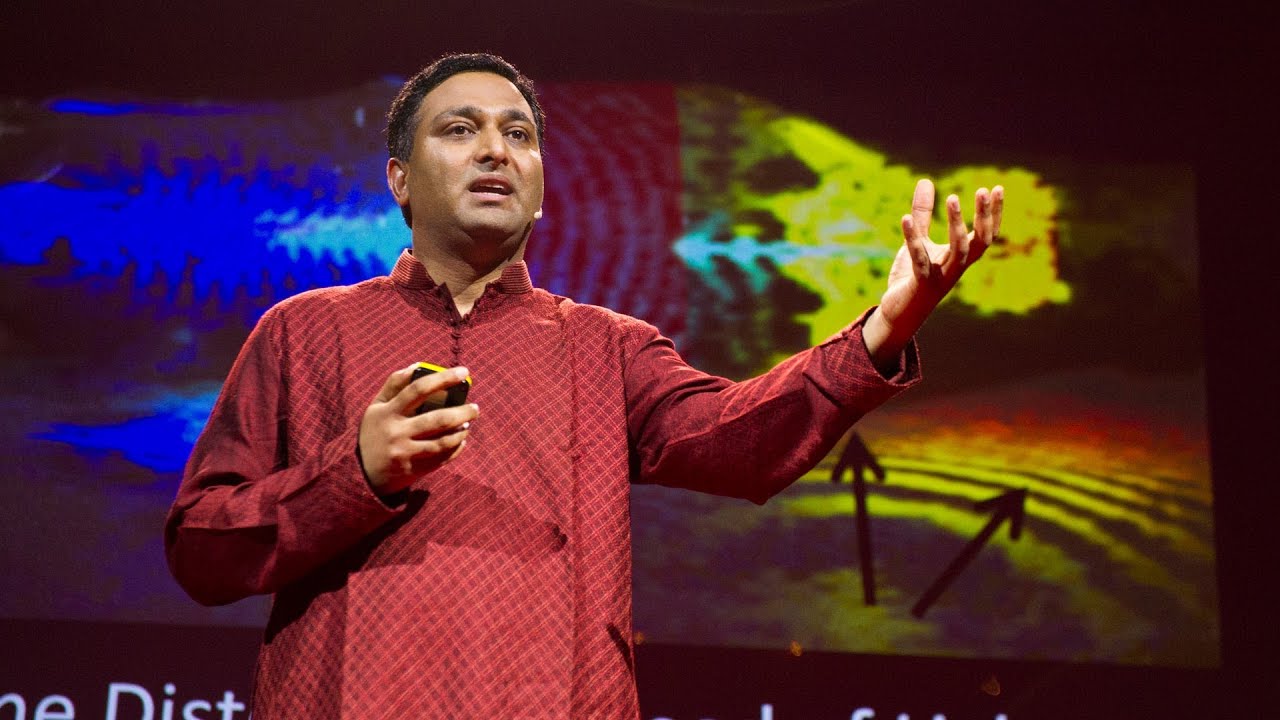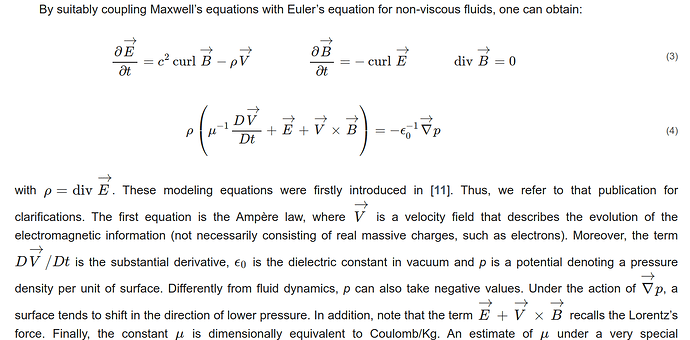“Lightspeed: the ghostly aether and the race to measure the speed of light”, John C. H. Spence, ISBN 978-0-19-884196-8 (2022), Oxford University Press, Great Clarendon Street, Oxford OX2 6DP, England. 235 pages.
Oxford Uni is supposed to be one of the prime spawning grounds for Our Betters, people smarter than the rest of us … superior individuals who presume to have the right to run the world. OK, smart OUP guys – Why can’t you hire a competent editor?
To focus on Dr. Spence’s book – Where was the editor to ask the author the fundamental question: Who is the intended audience for this book? Where was the perceptive editor to recognize that Dr. Spence was the kind of author who would need a firm hand to help him keep on track? Where was the editor even to suggest basics, such as it might be helpful to place Figures in the sequence in which they are referred to in the text?
The book starts with the feeling of having been intended to follow in the highly successful footsteps of Dava Sobel’s “Longitude” – providing the lay reader with an overview of the principal personalities and the challenges they met in addressing an important issue for our societies. Sadly, the author could not resist wandering off the trail.
The essence of the tale is that light has been a topic of controversy since the time of the Ancient Greeks. Does it travel instantaneously or at finite speed? Is light a particle or a wave? Does light speed up or slow down when entering a denser medium? Does light require a medium (the aether, to use Dr. Spence’s preferred spelling)?
The story is peppered with well-known names – Galileo, Newton, Descartes, Faraday, Maxwell, Heaviside, Michelson – along with many others which are not so well known. Dr Spence outlines three main avenues to determine the speed of light – deduce it indirectly from astronomical observations: measure it directly in the laboratory; and calculate it from theory. But there are many by-ways and detours in Dr. Spence’s tale, some necessary and some not so necessary.
One of the less well-known names is the Dane Ole Roemer, who was the first to prove in 1676 that light had a finite speed, based on observations of the moons of Jupiter. However, it took separate advances in measuring distances within the Solar Systems before it was possible to quantify that speed. Other less well-known names include the Frenchmen Arago, Fizeau, and Cornu who made successively more precise direct measurements of the speed of light between about 1850 and 1875. The theoretical calculation of the speed of light was of course Scottish scientist James Clerk Maxwell in 1864.
Maxwell’s developments in the theory of electricity & magnetism led to an equation in which the speed of light was shown to be determined by two measurable parameters – permittivity (an electrical property) and permeability (a magnetic property). This equation implies that the speed of light in a vacuum is a constant, regardless of the speed of the light source towards or away from the observer. Very strange! Almost as strange as the fact that a totally empty vacuum has measurable electrical & magnetic characteristics! However, Dr. Spence does not focus much on those puzzles.
We can think of a ray of light as a self-licking ice cream cone. An electrical oscillation causes a magnetic oscillation, which in turn causes an electrical oscillation, thereby causing a magnetic oscillation, on & on – as the pulse of light proceeds frictionlessly at very high speed through the vast empty reaches of space. Much of Dr. Spence’s book focuses on the debate about whether there needed to be a medium – the aether – to support these electro-magnetic oscillations, analogous to the way in which the medium of the ocean allows water waves to propagate. The book also goes on to review how Maxwell’s theory led Hertz in 1887 to create longer wavelength electro-magnetic oscillations – the radio waves on which so much of modern life depends.
Unnecessarily, and probably unwisely, the author then delves into quantum mechanics and the debate over faster-than-light communication, including the controversy over the 1935 EPR (Einstein, Podolsky, Rosen) paper with what Einstein called “spooky action at a distance” and subsequent analyses of it, including Irishman John Stewart Bell’s 1964 theorem. By this point, the author has departed very far from the model of “Longitude”!
Complaints aside, there is a lot of interesting information in this book. One of the saddest tales is of the Frenchman Le Gentil who was part of the major international scientific effort (during yet another European war) to determine the Earth-Sun distance from the transits of Venus across the Sun predicted to occur in 1761 and 1769. Le Gentil was dispatched to India to make measurements of the 1761 transit, but arrived too late – delayed by war, disease, and other vicissitudes. He nobly decided to remain in India until the 1769 transit – but on the critical day, the sky was cloudy.
There is much else. What is the cause of stellar aberration? Who knew that Maxwell also analyzed the structure of the rings of Saturn? And anyone who wants to measure the speed of light for himself gets full instructions – all that is required is a microwave oven and some pizza dough. The frustration is that Dr. Spence’s book could have been so much better – if only the geniuses at the Oxford University Press had decided to involve a good editor in the process.


